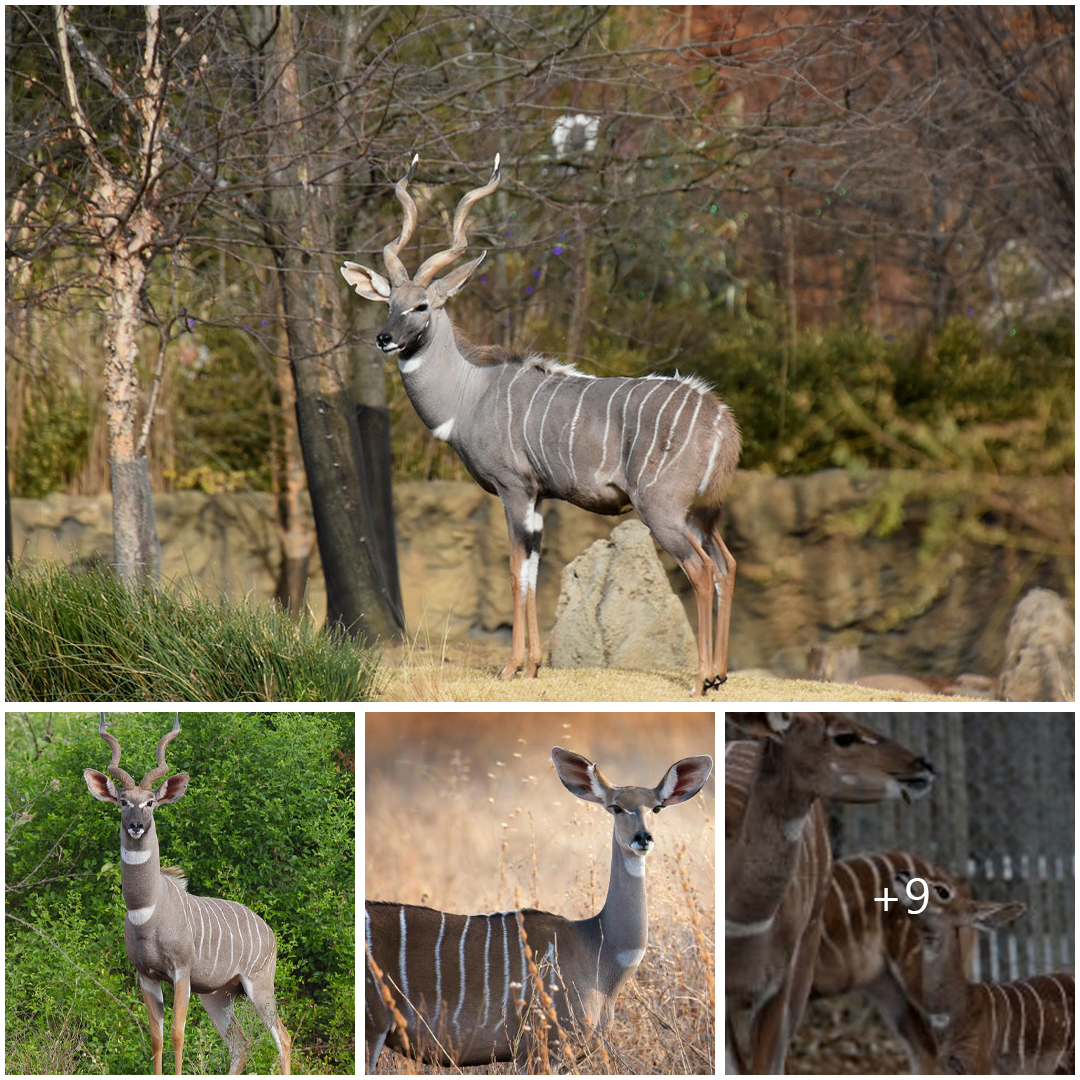
The Enigmatic Lesser Kudu: Unlocking the Mysteries of East Africa’s Hidden Gem
Nestled within the shadows of East Africa’s thornbush savannas and acacia woodlands lies a creature shrouded in mystery—the lesser kudu (Tragelaphus imberbis). Despite its elusive nature and understated presence, this enigmatic antelope captivates the imagination with its unique adaptations and cryptic behavior. Join us on a journey into the heart of East Africa’s wilderness as we unravel the secrets of the lesser kudu and uncover the challenges it faces in its quest for survival.
Introduction: In the realm of East Africa’s iconic wildlife, the lesser kudu remains a lesser-known inhabitant of the region’s diverse ecosystems. With its subtle beauty and elusive demeanor, this antelope species evades the spotlight, preferring the solitude of dense thickets and rocky terrain. Yet, beneath its unassuming exterior lies a creature of remarkable resilience and adaptability, finely attuned to the rhythms of its environment.

Adaptations and Camouflage: The lesser kudu’s reddish-brown coat, adorned with thin white stripes and intricate patterns, serves as a masterful camouflage amidst the dappled light of the savanna. Its cryptic coloration and ability to remain motionless for extended periods allow it to blend seamlessly into its surroundings, evading the watchful eyes of predators such as lions, leopards, and hyenas.
Behavioral Ecology: As a crepuscular and nocturnal species, the lesser kudu adopts a secretive lifestyle, venturing out under the cover of darkness to forage for food and socialize with conspecifics. Its keen senses of hearing and smell aid in detecting potential threats, while its agile movements enable it to navigate through dense vegetation and rocky terrain with grace and precision.
Conservation Challenges: Despite its elusive nature, the lesser kudu faces numerous threats to its survival, including habitat loss, poaching, and human-wildlife conflict. As human populations expand and encroach upon its natural habitat, the lesser kudu’s range becomes increasingly fragmented, limiting its access to food and shelter. Conservation efforts are therefore essential for safeguarding this iconic species and preserving the integrity of its habitat for future generations.
Conclusion: In the realm of East Africa’s biodiversity, the lesser kudu stands as a testament to the resilience and adaptability of nature’s creations. By unraveling the mysteries of this enigmatic antelope and addressing the challenges it faces, we can ensure a future where the lesser kudu continues to thrive amidst the savannas and woodlands of East Africa, enriching the tapestry of life with its presence and inspiring awe in all who encounter it.






